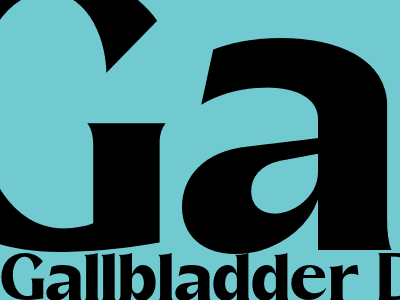The Ultimate Guide to Gallbladder Disease: Diagnosis, Treatment, and Prevention
Introduction
Gallbladder disease is a common condition that affects millions of people worldwide. It occurs when the gallbladder, a small organ located beneath the liver, becomes inflamed or diseased. While it can be a painful and uncomfortable condition, with proper diagnosis and treatment, it can be managed effectively.
Types of Gallbladder Disease
There are two main types of gallbladder disease:
- Cholecystitis: Inflammation of the gallbladder, which can be caused by gallstones, infection, or other factors.
- Choledocholithiasis: Gallstones in the bile duct, which can cause blockages and lead to complications.
Symptoms of Gallbladder Disease
Symptoms of gallbladder disease can vary depending on the severity of the condition and individual factors. Common symptoms include:
- Abdominal pain, especially in the upper right quadrant.
- Nausea and vomiting.
- Indigestion or heartburn.
- Fever and chills.
- Yellowing of the skin or eyes (jaundice).
Causes of Gallbladder Disease
The most common cause of gallbladder disease is gallstones, which are hardened deposits of cholesterol and other substances that form in the gallbladder. Other risk factors include:
- Obesity.
- Rapid weight loss.
- Estrogen therapy.
- Family history of gallbladder disease.
Diagnosis of Gallbladder Disease
Diagnosis of gallbladder disease typically involves a physical examination, a medical history review, and imaging tests such as:
- Ultrasound: A non-invasive imaging technique that uses sound waves to create images of the gallbladder.
- Endoscopic retrograde cholangiopancreatography (ERCP): A procedure that involves inserting a thin, flexible tube into the bile ducts to visualize and remove gallstones.
Treatment Options for Gallbladder Disease
Treatment options for gallbladder disease depend on the severity of the condition and individual circumstances. Common treatment approaches include:
- Medication: Antibiotics to treat infections, or pain relievers to manage discomfort.
- Surgery: Laparoscopic cholecystectomy, a minimally invasive procedure to remove the gallbladder.
- Non-surgical treatments: Oral dissolution therapy to dissolve gallstones, or shock wave lithotripsy to break up gallstones using sound waves.
Prevention of Gallbladder Disease
While not all cases of gallbladder disease can be prevented, certain lifestyle modifications may reduce the risk. These include:
- Maintaining a healthy weight.
- Eating a balanced diet low in saturated fat and cholesterol.
- Exercising regularly.
- Limiting alcohol consumption.
- Avoiding rapid weight loss.
Conclusion
Gallbladder disease is a common condition that can cause significant discomfort and health complications. By understanding the types, symptoms, causes, diagnosis, and treatment options, individuals can work with their healthcare providers to effectively manage and prevent gallbladder disease.

Komentar